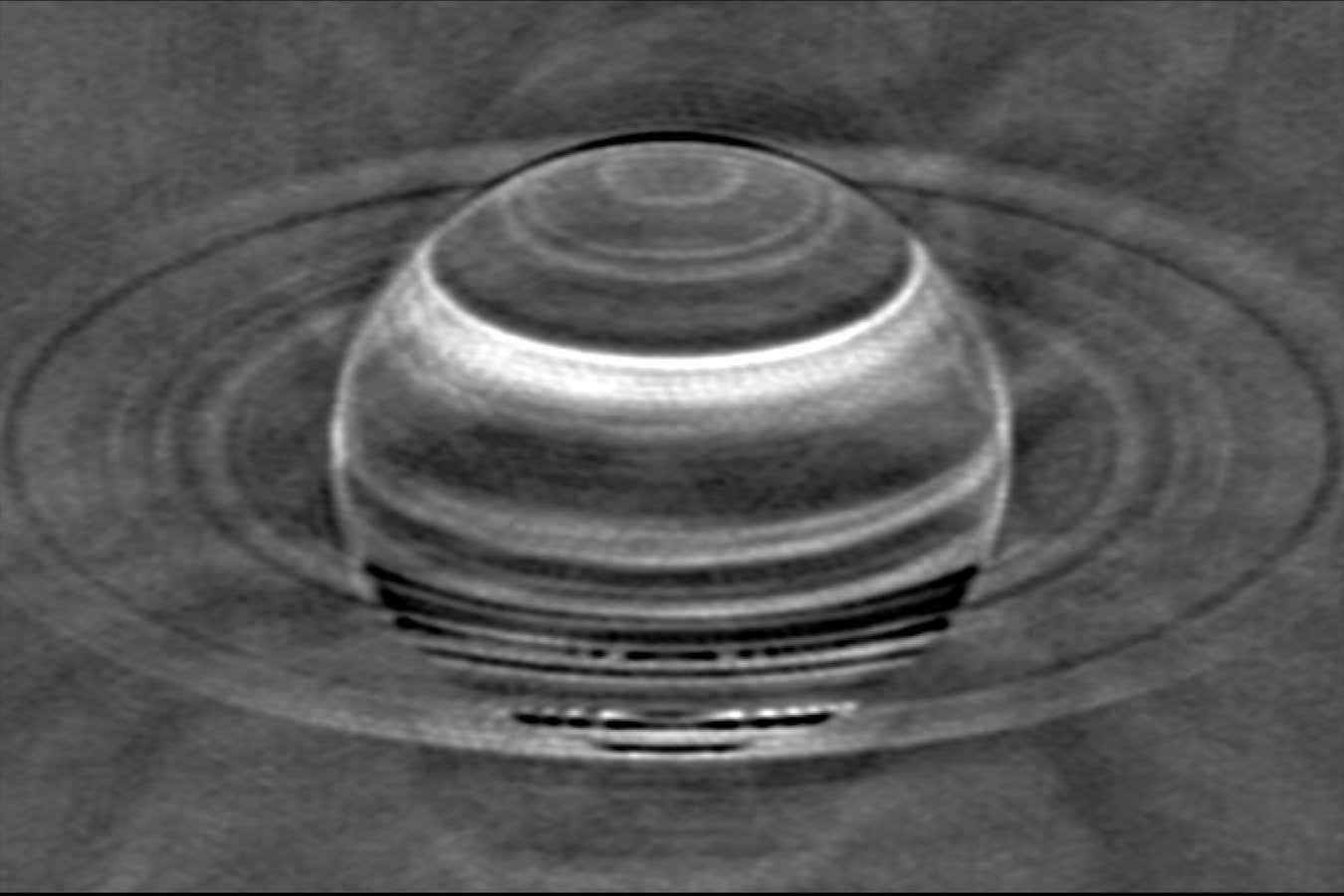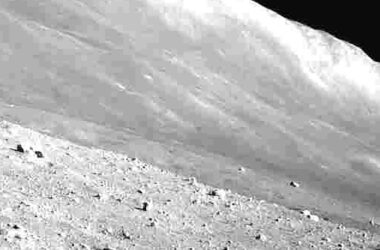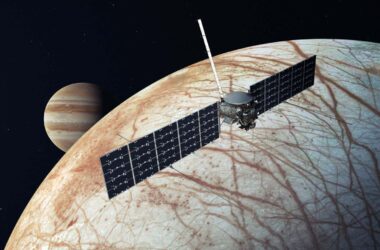Researchers have discovered that massive storms on Saturn, which occur every 10 to 20 Earth years, leave lasting effects on the planet’s atmosphere for hundreds of years. These storms, characterized by white blotches and long tails, are now known to create remnants that persist in Saturn’s atmosphere. The scientists used the Karl G. Jansky Very Large Array in New Mexico to study ammonia movements in Saturn’s atmosphere, similar to how water moves in Earth’s atmosphere. They found evidence that storms dating back to 1876, and possibly even earlier, were still exerting an impact on Saturn’s atmosphere in the aftermath of the most recent storm in 2010. This discovery challenges the prevailing notion that weather on giant planets quickly dissipates and highlights the unique nature of Saturn’s weather system, which contrasts with that of Jupiter. The study may provide insights into the inner workings of gas giants.
The researchers identified areas of Saturn’s atmosphere where ammonia was depleted at higher altitudes but abundant at lower altitudes. These areas are believed to be where ammonia from the upper atmosphere rained down, potentially in the form of hail-like “mushballs,” and then evaporated, lingering as vapor in the lower atmosphere. On Earth, rain accumulates on the surface, but on gas giants like Saturn, where there is no solid ground, the rain simply evaporates.
The team found patches of anomalies corresponding to all six known giant storms on Saturn since 1876, as well as one additional patch associated with a storm from several decades earlier. Tracking the movement of these anomalies may provide insights into the winds and currents within Saturn. The stark differences observed between storms on Saturn and Jupiter, despite the planets’ similar compositions and gravity, could help scientists better understand the complexities of giant planets.
Unique Insights
- Remnants of massive storms on Saturn can persist in the atmosphere for hundreds of years, challenging the assumption that weather on gas giants quickly dissipates.
- The anomalies observed in Saturn’s atmosphere reveal areas where ammonia has rained down and evaporated, highlighting the stark differences in weather dynamics between Earth and gas giants.
- Studying the movement of these anomalies can provide valuable information about the winds and currents within Saturn.
- The contrasting nature of storms on Saturn and Jupiter, despite their similar characteristics, can help scientists gain insights into the inner workings of gas giants.








